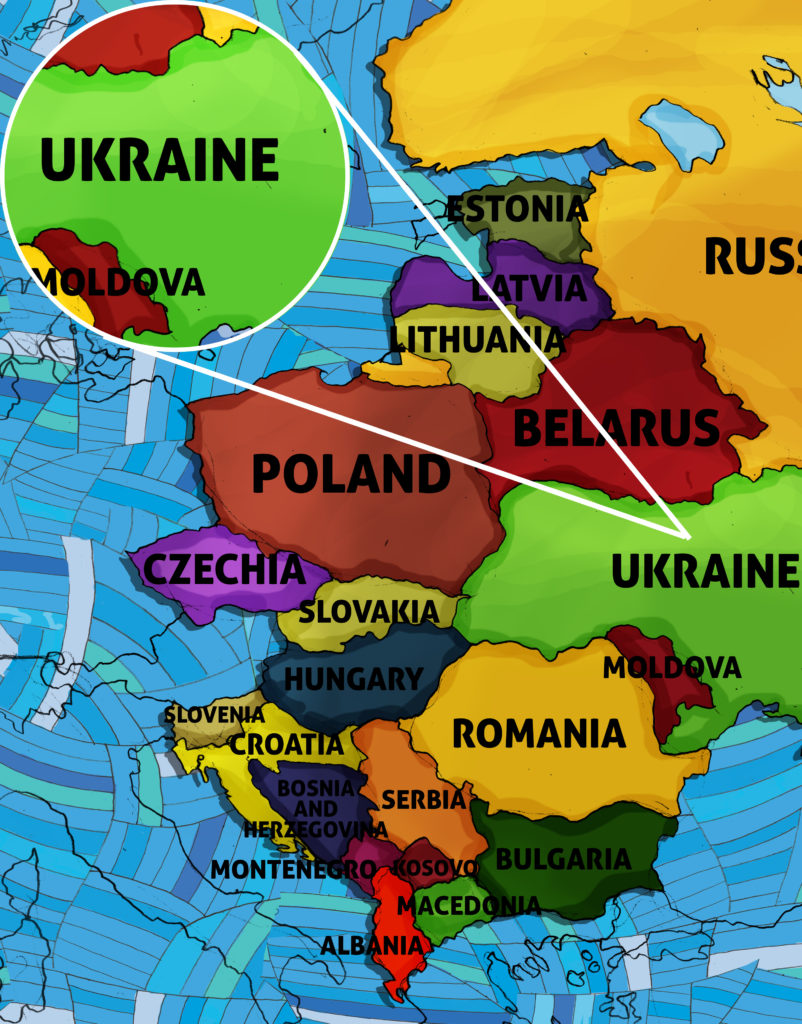In class this week we enjoy a Hutsul dance — our version of the Hutsulka, a dance of one of Ukraine’s most distinct minorities.
The origin of the Hutsul people is not clear; there are Hutsuls, or people related to the Hutsuls, sprinkled among the Carpathian mountains and in parts of Poland, Romania and the Czech Republic. As we see in this video, the “Hutsulka” is a lively dance that embodies the vibrant spirit often ascribed to the Hutsul people. Dancers wear traditional red and white costumes and prance, bounce and spin exuberantly around the dance floor.


